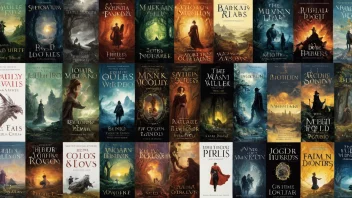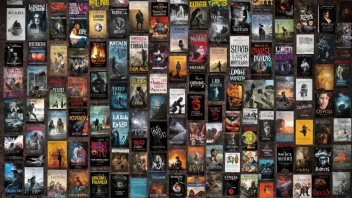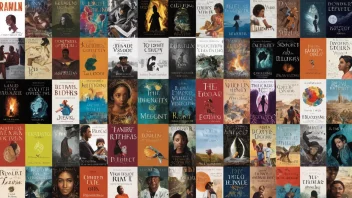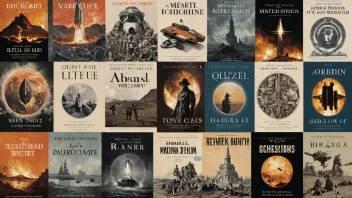The landscape of journalism has undergone a profound transformation in recent years, driven by technological advancements, changing reader preferences, and the increasing demand for engaging narratives. One of the most significant influences on this evolution is non-fiction storytelling, which has become an essential part of journalistic practices. By incorporating elements of narrative structure and character-driven reporting, journalists are able to craft compelling stories that go beyond mere facts, creating a deeper connection with their audience.
Non-fiction storytelling in journalism emphasizes the importance of narrative techniques that can captivate readers. Traditionally, journalistic writing was characterized by a straightforward approach, prioritizing the delivery of facts and figures over emotional engagement. However, as audiences become inundated with information, journalists have realized that to capture attention, they must turn to storytelling. By framing news events within a narrative context, journalists can highlight the human experiences behind the headlines, bringing stories to life in ways that resonate with readers.
A prime example of this narrative approach can be seen in long-form journalism, where writers take the time to delve deeply into a subject, often incorporating interviews, personal anecdotes, and rich detail to paint a vivid picture. These immersive stories allow readers to understand the complexities of issues such as social justice, climate change, and political unrest, fostering empathy and encouraging deeper contemplation. The use of storytelling techniques not only enhances the narrative but also facilitates a more profound understanding of the underlying issues at play.
Moreover, non-fiction storytelling encourages journalists to embrace diverse perspectives. By incorporating voices from various stakeholders, journalists can present a more nuanced view of events, moving beyond a singular narrative. This approach is particularly crucial in today’s polarized media landscape, where audiences are often presented with one-sided viewpoints. By weaving together multiple perspectives into a cohesive narrative, journalists can promote dialogue and understanding, fostering a more informed public discourse.
Another crucial aspect of non-fiction storytelling in journalism is its ability to contextualize information. In a world where news is often consumed in bite-sized pieces, providing context is essential for helping readers grasp the significance of events. Journalists who employ storytelling techniques can weave in historical background, expert opinions, and personal experiences, allowing readers to see the bigger picture. This contextualization not only enriches the reader’s understanding but also encourages critical thinking about complex issues.
As digital media continues to reshape how we consume news, the incorporation of multimedia elements into non-fiction storytelling has become increasingly important. Journalists can now utilize audio, video, and interactive graphics to enhance their narratives, creating a more engaging experience for readers. For example, a piece on a humanitarian crisis can include video footage of the affected areas, interviews with victims, and interactive maps, providing a multi-dimensional view of the story. This multimedia approach not only captures attention but also caters to different learning styles, making the information more accessible.
In conclusion, non-fiction storytelling is an invaluable tool for modern journalists, allowing them to craft engaging, informative narratives that resonate with audiences. By embracing narrative techniques, diverse perspectives, and multimedia elements, journalists can foster a deeper understanding of the world around us. As the media landscape continues to evolve, the importance of non-fiction storytelling in journalism will only grow, serving as a bridge between facts and the human experiences behind them.
How Non-Fiction Shapes Modern Journalistic Practices
Explore how non-fiction storytelling is transforming modern journalism by enhancing narrative techniques and embracing diverse perspectives.






